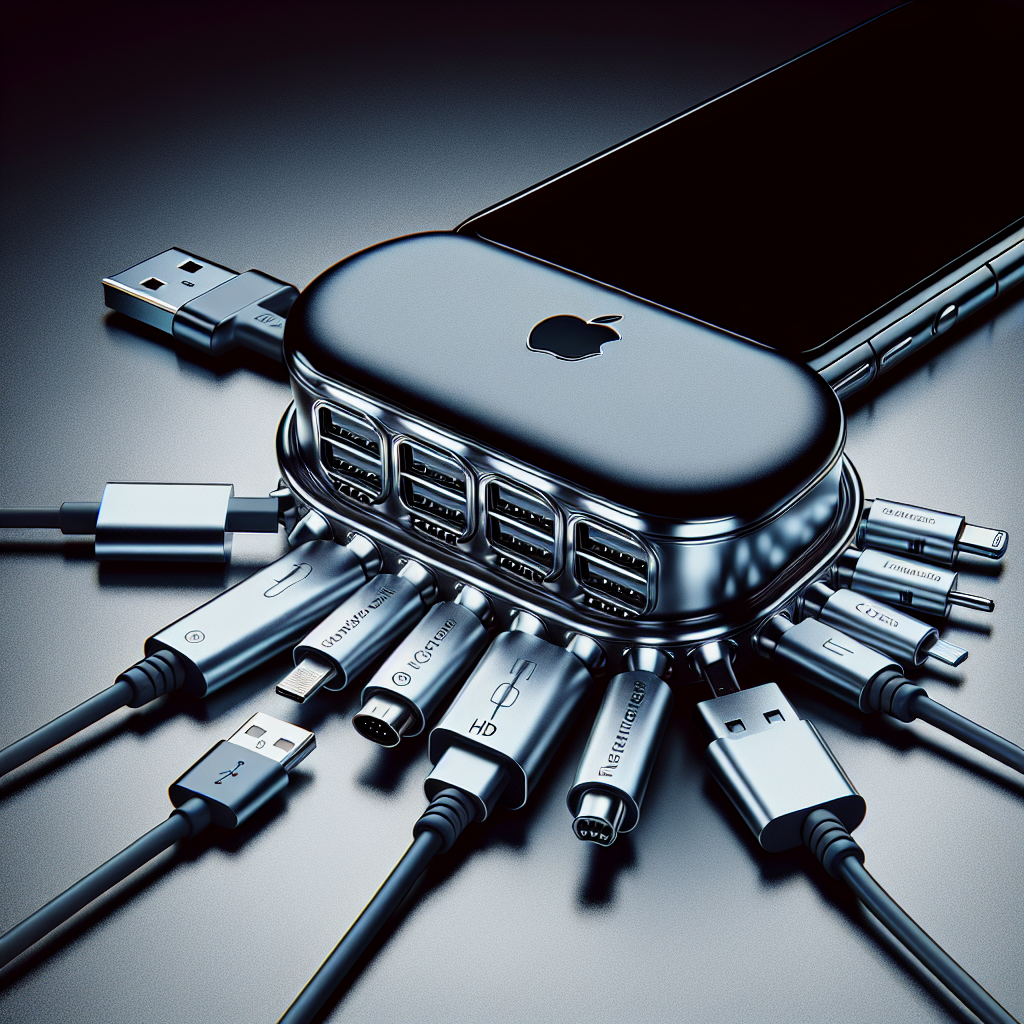Anticipation among gamers worldwide has reached a new peak as details surrounding the launch of Nintendo’s latest gaming console, the Nintendo Switch 2, have been revealed, including the pricing for the highly awaited game upgrade packs. Slated for release on June 5, the new device aims to redefine interactive gaming with enhanced features and a robust lineup of gaming titles.
A recent article by Startup News provided an early sneak peek into the economics of upgrading games from the original Nintendo Switch to the new model. The upgrade prices are set to vary by title, allowing existing Nintendo users some financial relief when transitioning to the new console. Prices are reported to range from $10 to $30 per upgrade, a move that incentivizes users to continue their patronage of Nintendo’s expansive gaming library while embracing new technology.
The response to the pricing strategy provides insight into Nintendo’s overarching approach to market penetration and user retention. By setting an accessible price range for upgrades, Nintendo not only caters to its loyal user base but also strategically positions the Switch 2 as an attractive option for new customers. Analysts highlight that this pricing strategy could be critical in maintaining competitive momentum against other gaming giants like Sony and Microsoft, whose next-gen consoles also vie for market dominance.
Furthermore, technological enhancements in the Switch 2 are set to offer gamers a more immersive experience. These include improved graphics, faster processing speeds, and a new set of interactive controls. Details on these features remain closely guarded but are expected to leverage the latest advancements in gaming technology.
Community response has been overwhelmingly positive, with many praising Nintendo for acknowledging the financial investment users have already made in game libraries. This customer-centric approach could significantly boost initial sales figures and strengthen brand loyalty, a crucial metric in the increasingly competitive tech industry.
As June 5 approaches, the gaming community awaits what could be one of the most significant launches in Nintendo’s history. The company’s strategy of balancing innovation with user accessibility appears to be a calculated move designed to propel them into the next generation of gaming with strong consumer support and critical acclaim. Meanwhile, competitors will be watching closely, potentially ready to adjust their strategies in response to the market’s reaction to Nintendo’s latest offering.
In conclusion, as we edge closer to the Nintendo Switch 2 release, the gaming industry stands on the cusp of a new era. With its innovative features and consumer-friendly upgrade path, Nintendo aims not only to deliver a state-of-the-art gaming experience but also to redefine the dynamics within the console market. The upcoming months will be critical in evaluating whether this strategy will solidify Nintendo’s position as a leader in the gaming industry.



